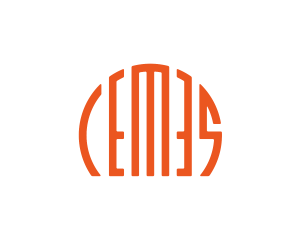Reconfigurable spin wave modes in a Heusler magnonic crystal
Résumé
We report on the field evolution of the microwave spin wave modes in magnonic crystals made of square antidot lattices etched in a thin film of the Co2MnSi Heusler alloy and having a lateral size s of 200 nm and an edge-to-edge separation d of 600 or 800 nm. The spin wave modes are investigated combining ferromagnetic resonance, Brillouin light scattering experiments, and micromagnetic simulations of the static and dynamic magnetic states as a function of the applied field. We show that for applied fields ≥10 mT, when the magnetization is quasi-saturated across the crystals, the two samples show similar behavior and the two most intense modes in the spin waves spectra correspond to a mode extending in the channels comprised between the antidot and a mode localized in the region between the antidots. For smaller fields, we observe a difference of the measured spectra as a function of d. This is attributed to the fact that for d = 800 nm, the magnetization remains partially uniform in the channel between the antidots because of the Heusler cubic crystal anisotropy, while for d = 600 nm, the magnetic edge domains around the antidots spread into the channels. Moreover, this anisotropy also allows different remanent states when initializing the crystals with a small magnetic field along two perpendicular directions. This leads to an efficient excitation or extinction of the spin wave modes, making possible to achieve reconfigurable microwave devices exploiting an antidot geometry in a metallic ferromagnetic with a low damping coefficient.
Fichier principal
 hal-Spin waves modes in a reconfigurable magnonic crystal.pdf (1.98 Mo)
Télécharger le fichier
hal-Spin waves modes in a reconfigurable magnonic crystal.pdf (1.98 Mo)
Télécharger le fichier
| Origine | Fichiers produits par l'(les) auteur(s) |
|---|

